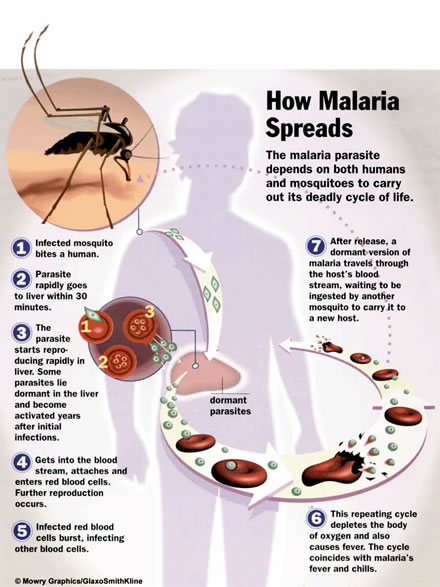Drug Discovery

"In nature, biomineralization is observed across the entire biosphere. These biologically synthesized materials can consist of carbonate, phosphate, oxalate, silica, iron, gold, and many other diverse compositions of organic or inorganic materials. The most well-known examples of biomineralization are those that lend structural support to a species, including the formation of bones in vertebrates and the shells of eggs. Magnetotactic bacteria also rely on the formation of magnetic nanometer-size Fe3O2 crystallites in order to locate oxygen-rich environments by sensing the Earth's geomagnetic field. The formation of these biominerals generally occurs under physiological conditions in a highly controlled and organized sequence of events. Another biomineral, hemozoin, is a heme crystal synthesized by the malaria parasite as a survival mechanism to escape heme-related toxicity. The discovery of this detoxification biomineral actually precedes the discovery of the malaria parasite itself. Although hemozoin has been studied since the 18th century, scientists have only begun to obtain a detailed understanding of the structure and formation of this biomineral in the last 25 years. Hemozoin formation is an important drug target in antimalarial drug discovery and development. In fact, the most successful antimalarial developed to date, chloroquine (CQ), acts by disrupting formation of hemozoin. Unfortunately, CQ is now ineffective as an antimalarial due to the emergence of multidrug-resistant strains of the parasite, though hemozoin remains a viable drug target in antimalarial drug discovery. In order to develop new antimalarial compounds that target the formation of hemozoin, it is important to have a sound understanding of the formation of this biocrystal."
Sandlin, R. D., Carrell, H. M. and Wright, D. W. 2012. Hemozoin: Crystal Engineering Survivability. Encyclopedia of Inorganic and Bioinorganic Chemistry.
